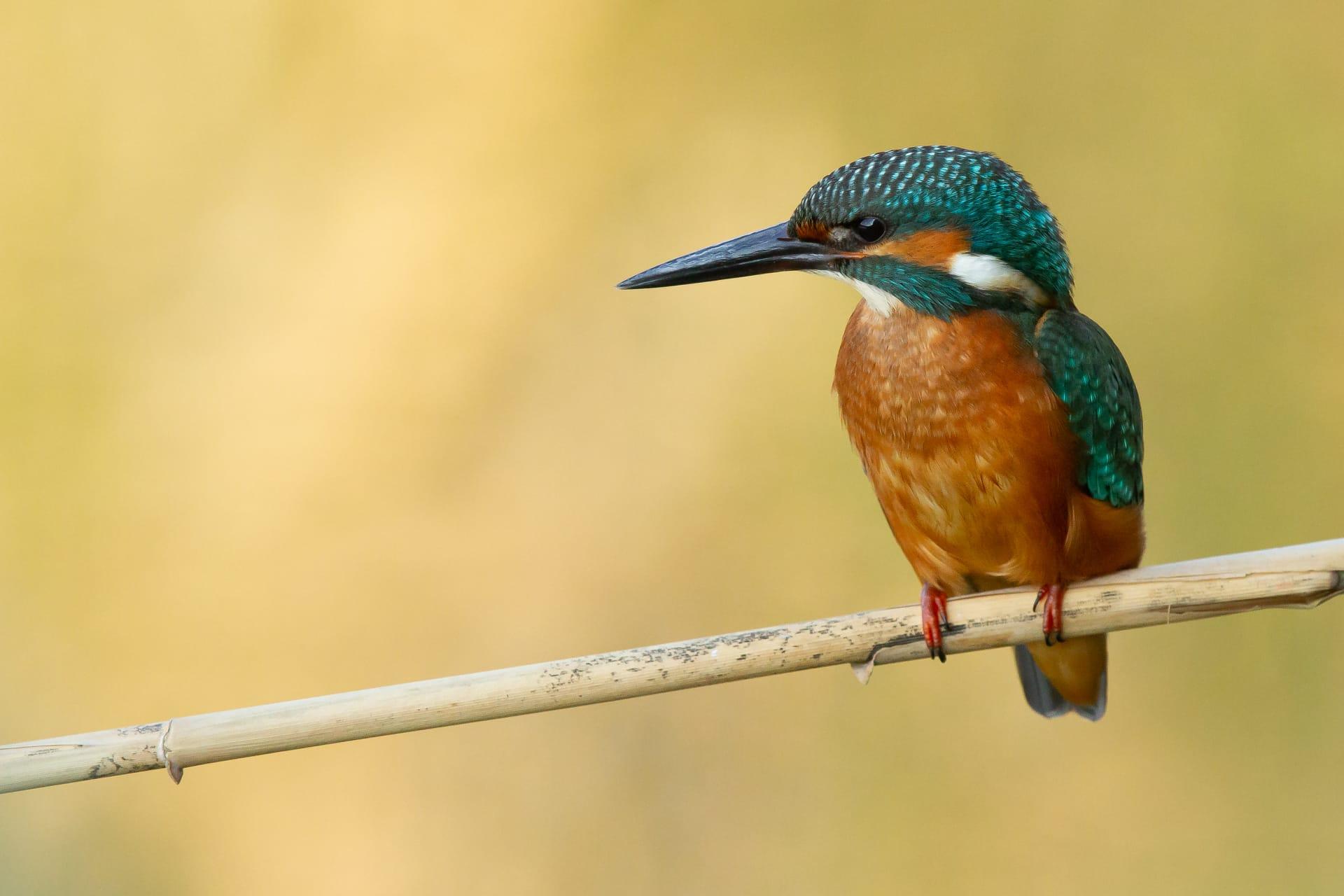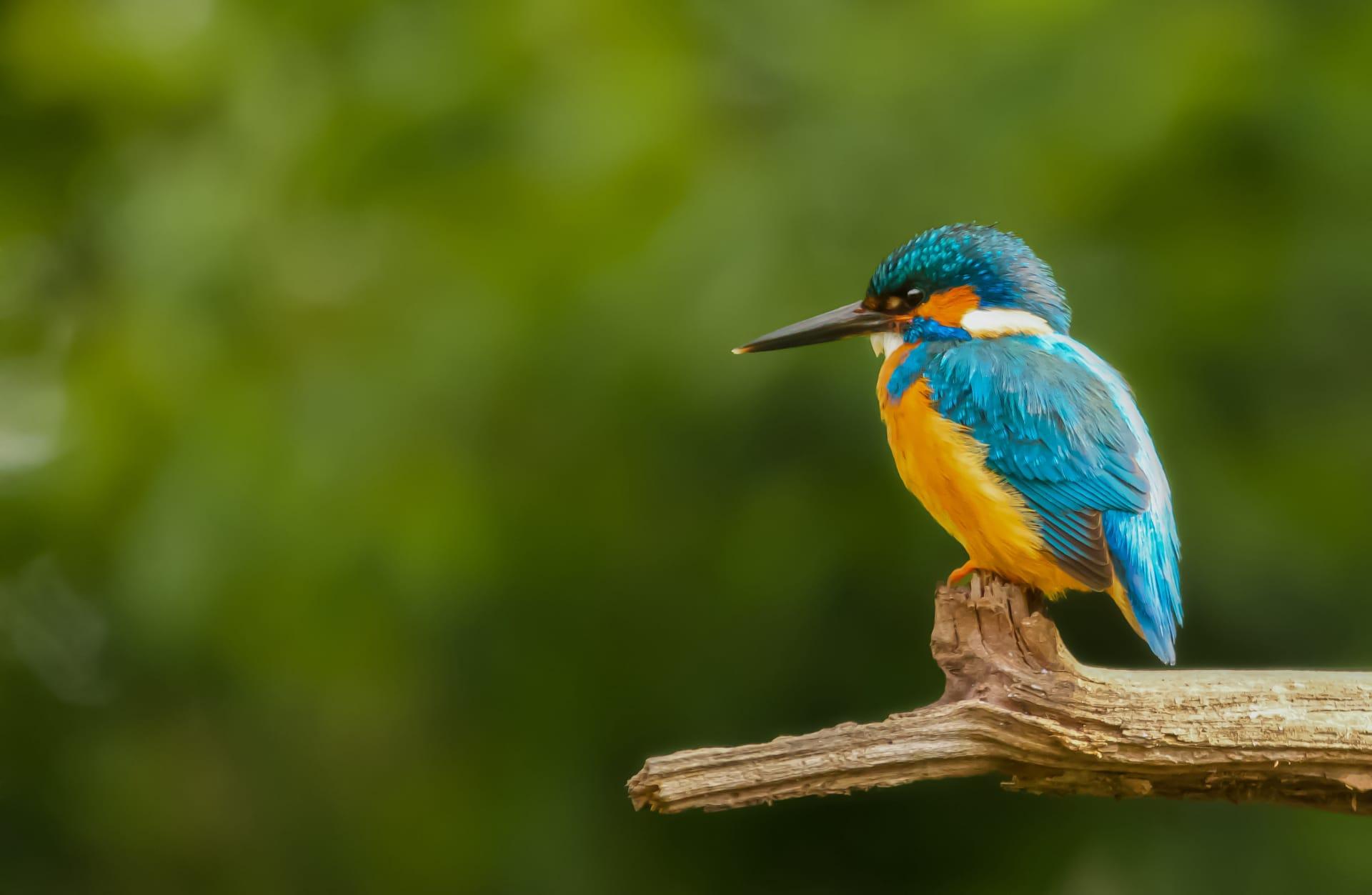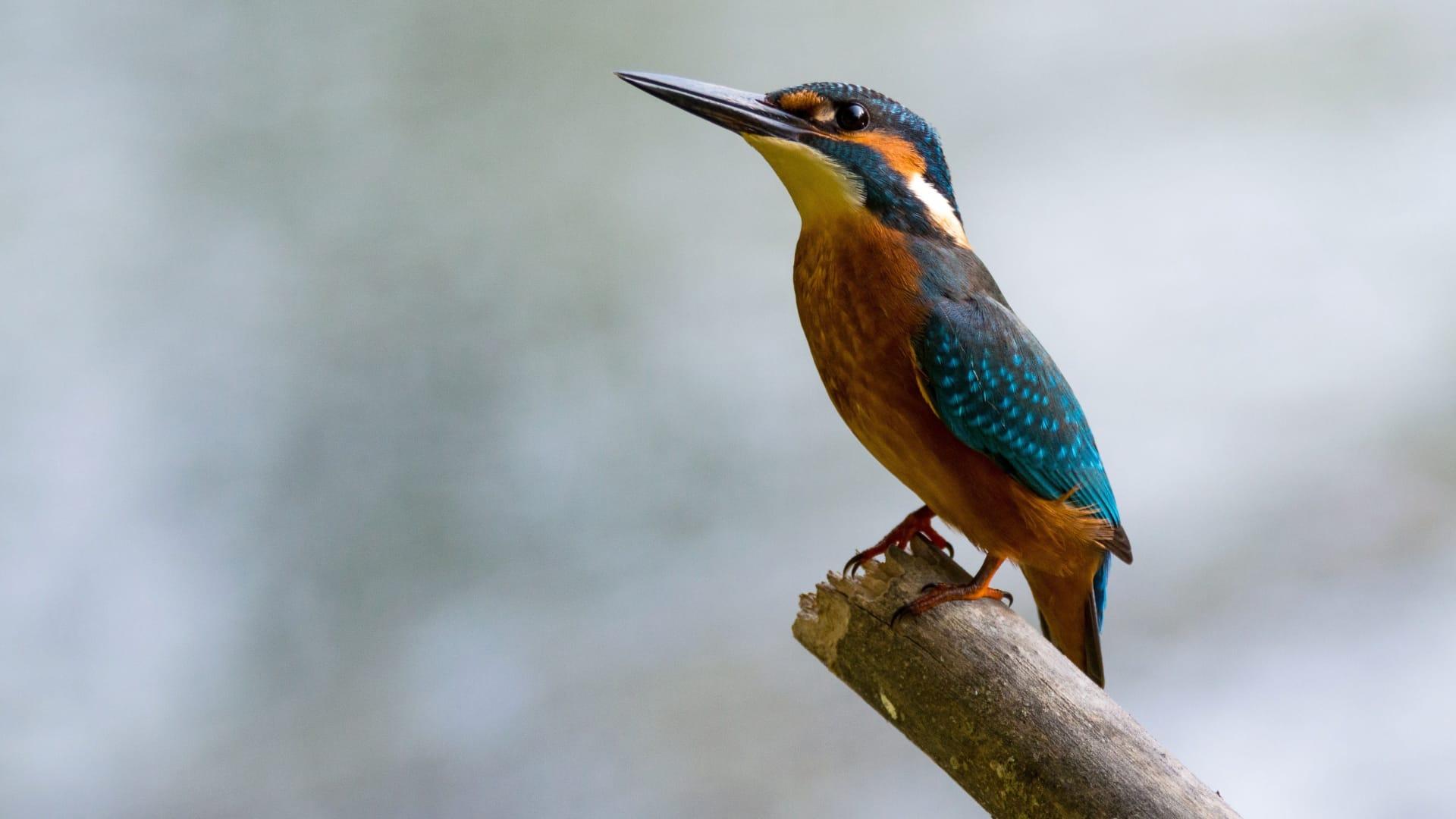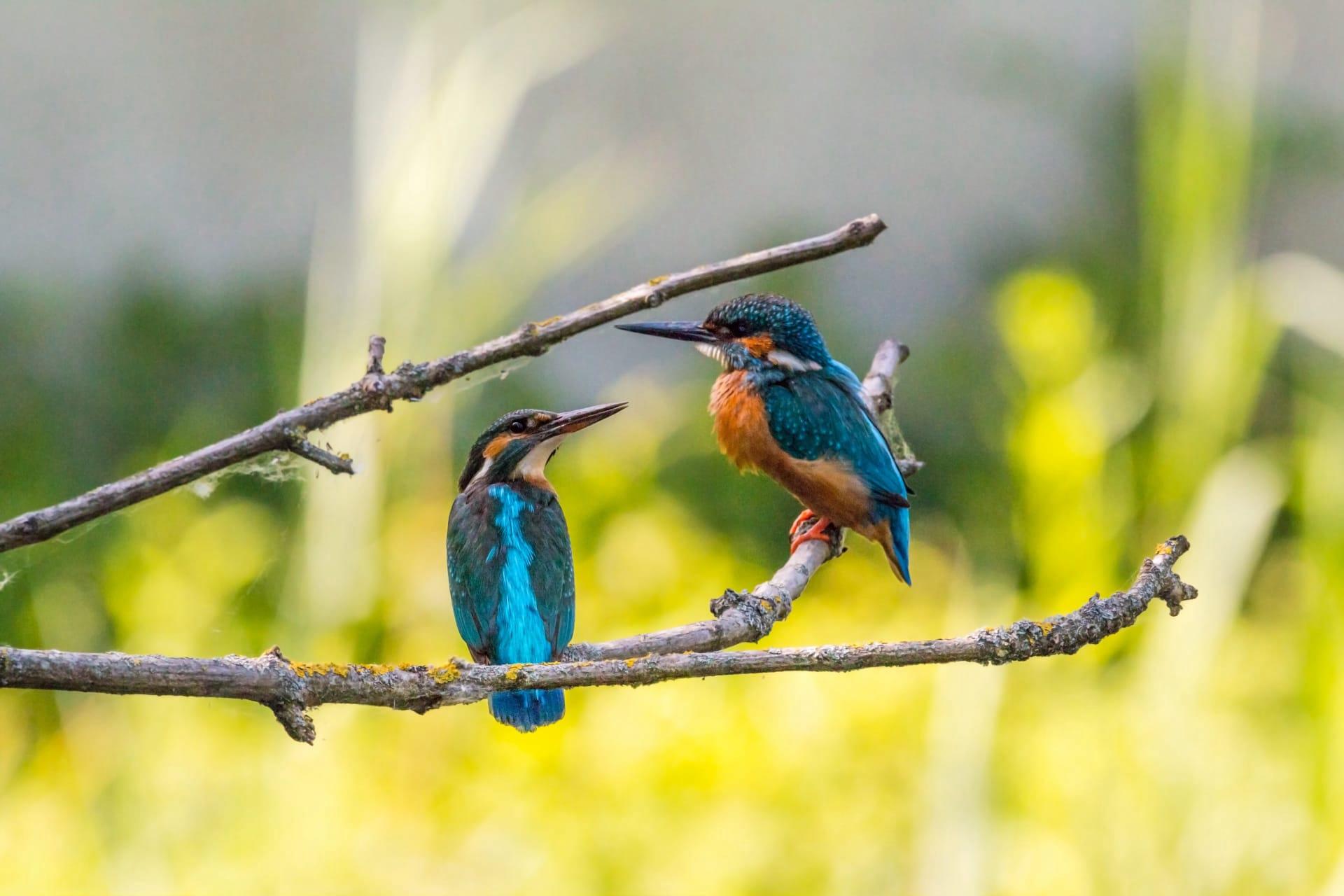Kingfisher Characteristics
- Home /
- Mini Encyclopedia /
- Animal /
- Kingfisher Characteristics
1
Kingfishers, with their vibrant plumage and agile hunting skills, are fascinating birds. Typically, a kingfisher is small to medium-sized, ranging from 4 to 18 inches in length. Their weight varies from 10 to 170 grams, depending on the species. Kingfishers have a lifespan of about 6 to 10 years in the wild. One of their most distinctive features is their beak. It's long, sharp, and cone-shaped, ideal for catching fish, their primary food source. The beak's length and shape vary among species, reflecting their different hunting habits and diets.
One of the kingfisher's most remarkable organs is its eyes. These birds have excellent vision, crucial for spotting prey from a distance. Their eyes are specially adapted to correct for the refraction of light when it moves from air to water, allowing them to accurately judge the depth and location of fish. This adaptation is particularly important as kingfishers dive at high speeds to catch their prey, and any misjudgment could result in a missed catch.

2
Question: Why do kingfishers have such brightly colored plumage?
Answer: The vibrant colors of kingfishers serve multiple purposes. Firstly, these colors are crucial for mating displays; brighter plumage often indicates a healthier and more desirable mate. Additionally, the bright colors help in territorial displays, warning other kingfishers to stay away. Interestingly, while their colors are striking to human eyes, they blend well with the water and foliage in their habitat, aiding in camouflage while hunting.

3
Kingfishers exhibit fascinating movement characteristics. They are known for their swift, direct flight, often appearing as a flash of color. They can reach speeds of up to 25 mph. During hunting, they exhibit incredible agility, particularly when diving into water to catch prey. Their strong wings and streamlined bodies aid in this high-speed hunting technique.
In terms of feeding habits, kingfishers are predominantly piscivorous, meaning fish constitute a major part of their diet. They perch near water bodies, patiently waiting to spot their prey. Once a fish is spotted, they dive headfirst into the water with incredible precision. Their catch is usually swallowed whole, head first, which helps in easy digestion.

4
Kingfishers inhabit a wide range of environments, including rivers, lakes, and coasts. They are found in both tropical and temperate zones around the world. These birds prefer clear water bodies where they can easily spot fish. Their nesting sites are typically close to their hunting grounds, often in burrows along riverbanks or in trees overlooking water.
Regarding reproduction, kingfishers are monogamous and often mate for life. They engage in elaborate courtship displays, including aerial dives and calls. The female lays between 3 to 7 eggs, which both parents incubate. The chicks are born blind and featherless, requiring intensive care from both parents until they are ready to fledge, usually in 3-4 weeks.

5
Book: "Kingfishers: Jewels of the Waterways" by David Chandler (United Kingdom, 2010). This book offers an in-depth look at the various species of kingfishers around the world. Chandler discusses their behavior, habitats, and the challenges they face in the modern world. With stunning photographs and accessible writing, it's a comprehensive guide for bird enthusiasts and nature lovers.
Book: "The Secret Life of Kingfishers" by Marie Read (United States, 2015). Read, a renowned wildlife photographer, presents a visual journey into the lives of kingfishers. The book combines breathtaking images with insights into their daily activities, from hunting to raising their young. It's a celebration of these birds, revealing aspects of their lives that are often hidden from view.